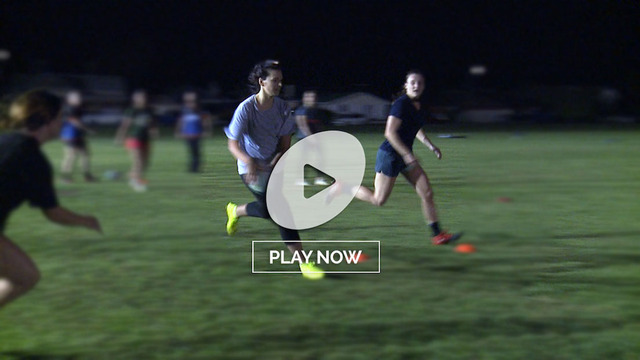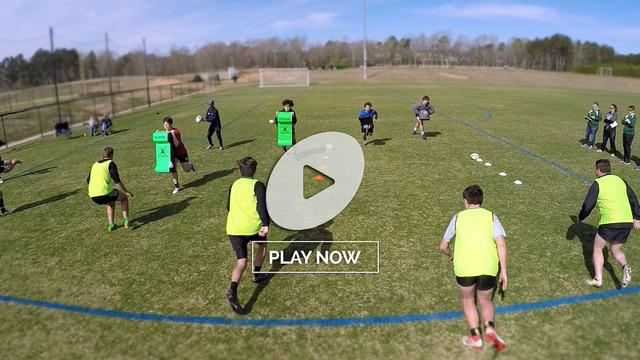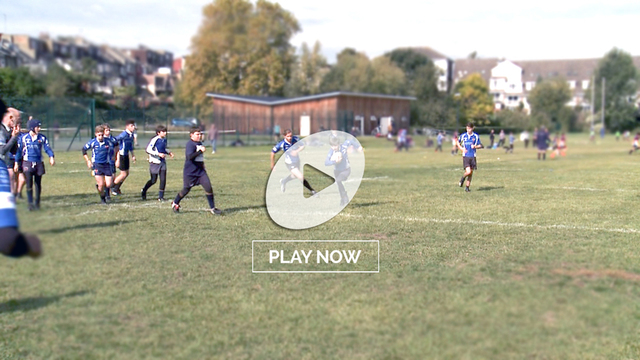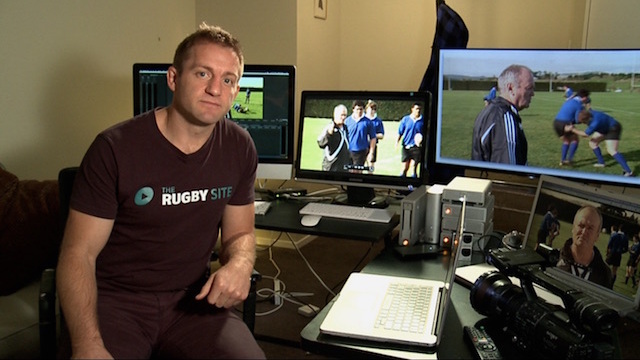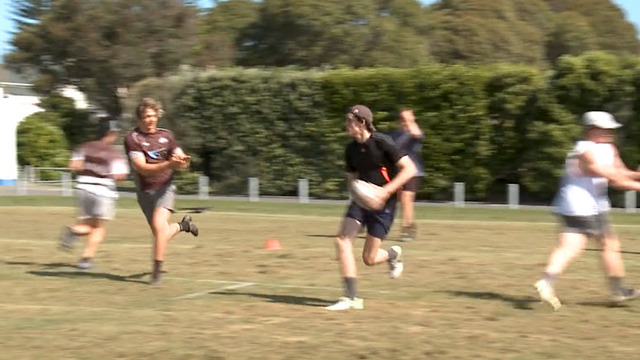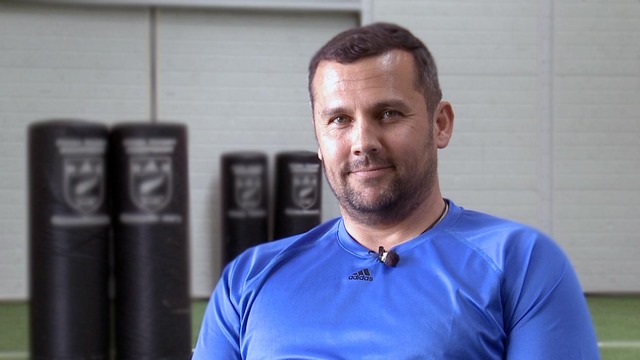It is hardly surprising that rugby’s lawbook struggles to keep up with a game which has only been professional for about the last 25 years. Some of the developments can be so rapid that the law languishes in its wake, at least until enough clear cases of dissonance between the two can be assembled.
One of the more stable set of laws would appear to be those governing knock-ons, with the ball travelling forward off the hand or arm. If the ball goes forward off, it is a knock-on and a scrum to the opposition, right?
Some recent incidents have challenged the status quo in even this apparently clear-cut area of officiating. The problems of interpretation occur when a tackle is made, and the ball makes contact with the defender’s hand or arm in the process.
Here is what World Rugby’s law-book has to say about this situation:
_2. It is a knock-on when a player, in tackling or attempting to tackle an opponent, makes contact with the ball and the ball goes forward. Sanction: Scrum (if the ball goes into touch, the non-offending team may opt instead for a quick-throw or lineout).
3. A player must not intentionally knock the ball forward with hand or arm. Sanction: Penalty.
4. It is not an intentional knock-on if, in the act of trying to catch the ball, the player knocks on provided that there was a reasonable expectation that the player could gain possession.
While law 11.2 seems quite straightforward, a significant area of grey is implied by 11.3 and 11.4, where the referee and his crew (including the TMO, if available) are required to decide whether the knock forward is intentional (11.3) and whether the defender was trying to catch the ball (11.4). Both of those clauses imply an element of interpretation by the official(s).
A couple of controversial examples occurred in the tour game between Wales and Australia at the end of 2021. In the first half of the game, Australian full-back Kurtley Beale was penalized and yellow-carded for ten minutes for an intentional knock-on:
The Welsh centre Nick Tompkins runs on an arc towards Beale as the last defender. In the modern days of all-out rush defence, the last two defenders in such instances are required to insert themselves into the space between the passer and receiver (Wales right wing Louis Rees-Zammit), rather than drifting out on to the man and defending him.
It is fair to say that defensive coaches are not too worried if one outcome of the wrapping motion in the tackle happens to be ‘inadvertent’ contact with the ball. Here is a more detailed slow-motion replay of the same incident:
‘The Eagle’ – full wing-span, with a wide sweep of the arms – is encouraged in order to prevent the pass from reaching its target. When the delivery does make contact with a defensive hand the referee is required to make a judgement according to 11.3 and 11.4. In this instance, the referee decided that the knock-on was intentional and there was no reasonable expectation of Beale recovering the ball before it hit grass.
Nick Tompkins was also at the centre of the other controversy in the second period, this time as the defender:
The scenario is fairly similar to the first incident. Australia has a potential three-on-two overlap out on the right, and the penultimate defender (Tompkins) decides to shut it down by inserting himself into the gap between the passer (Tom Wright) and the receiver (Beale).
There is the same wide sweeping motion of the arms. The ball does not travel either clearly forwards or backwards off Tompkins’ left hand but drops straight down at his feet. Nine times out of ten, a knock-on would probably have been called, and all the players on the field (including Tompkins) momentarily stop, expecting the whistle to be blown. There is no sense that the ball could be regathered before it hits the ground.
In the event, play was allowed to continue and Tompkins scored what turned out to be a game-winning try, and Australian coach Dave Rennie underlined the fine margin between the two events afterwards:
_“I wasn’t happy with Kurtley’s yellow card, he’s making an effort to wrap two arms, it clips his hand on the way through and they find a yellow card for that.
“Tompkins slaps the ball down, somehow they say that didn’t go forward when he’s facing forward and they get seven points out of it instead of us getting a yellow card and a penalty out of it.” https://www.foxsports.com.au/rugby/wallabies/wallabies-lose-to-wales-2021-dave-rennie-blasts-world-rugby-officiating-reaction-australian-rugby-highlights/news-story/a9d1eba0cb553020f501c0376df4126a
The positive case for the defence emerged in two examples from the recent English Premiership match between Bristol and Sale:
In both cases, the final defender (Sale and Scotland wing Byron McGuigan) is attacking the same space – but he is trying to catch the ball, either by propelling it backwards or upwards first in order to enable the regather to be made.
Summary
One of the main tenets of rugby law-making is to encourage positive play, and discourage the negative or cynical element. There is now a strong argument to be made for a change in emphasis in the law regarding the knock-on: for any defensive contact with the ball which hits grass, and does not demonstrably travel backwards in the process to be sanctioned. That would help ‘clean up’ one grey area of the game considerably.
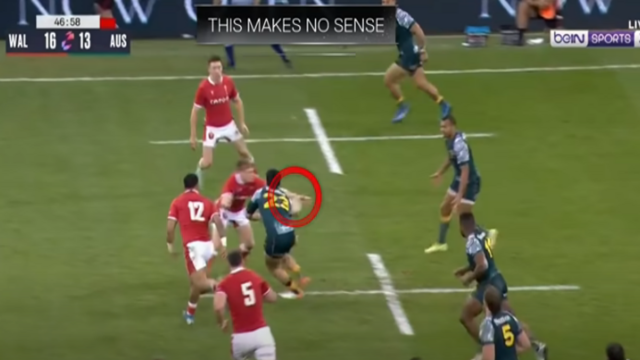


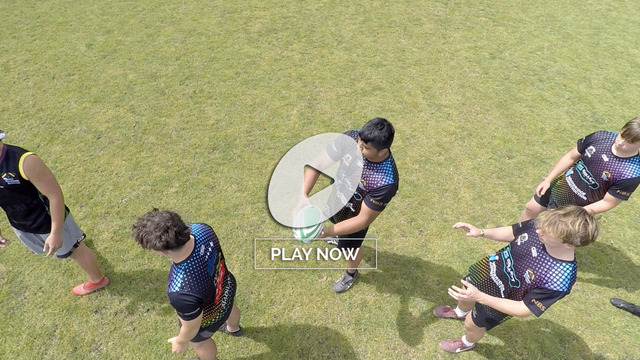
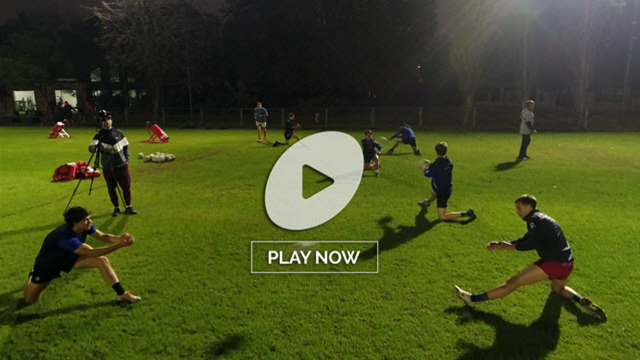
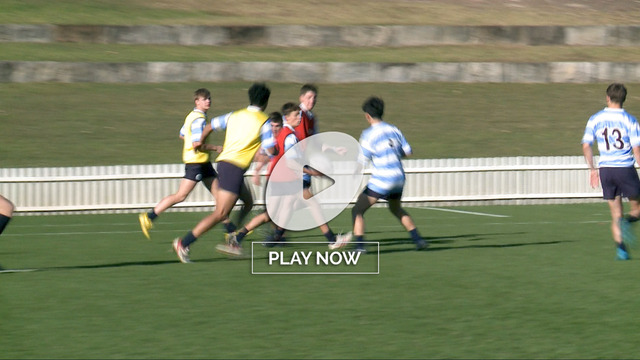

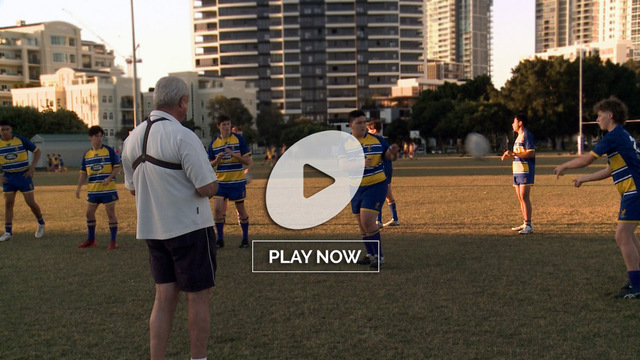
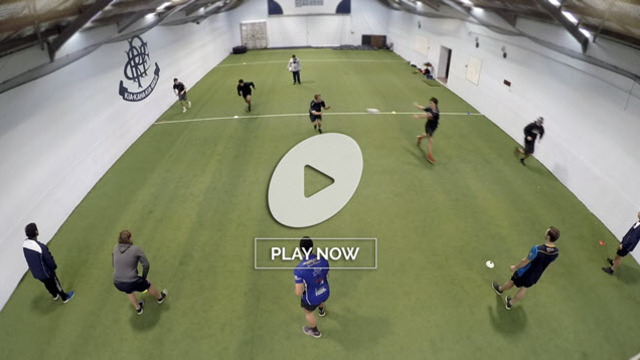

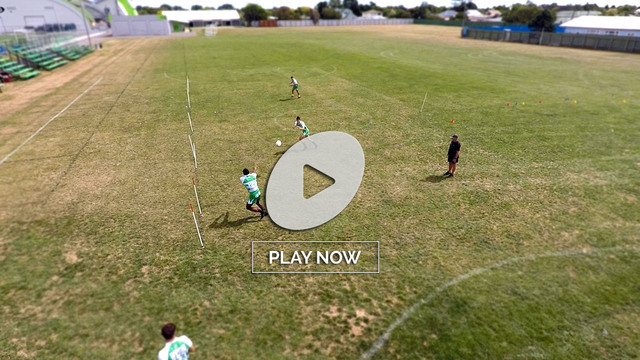

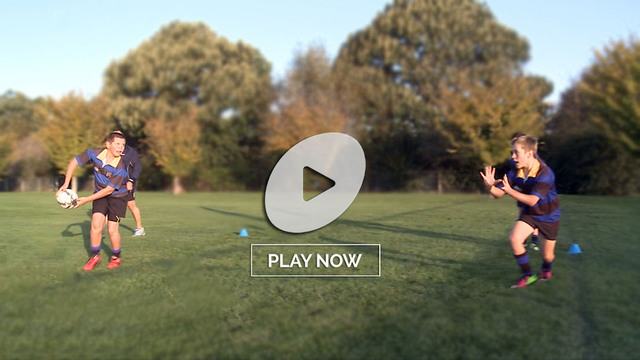
.jpg)
